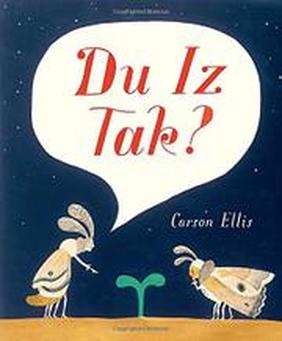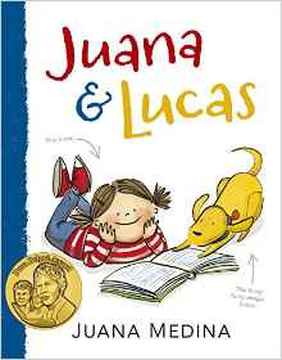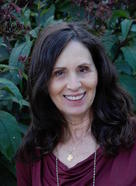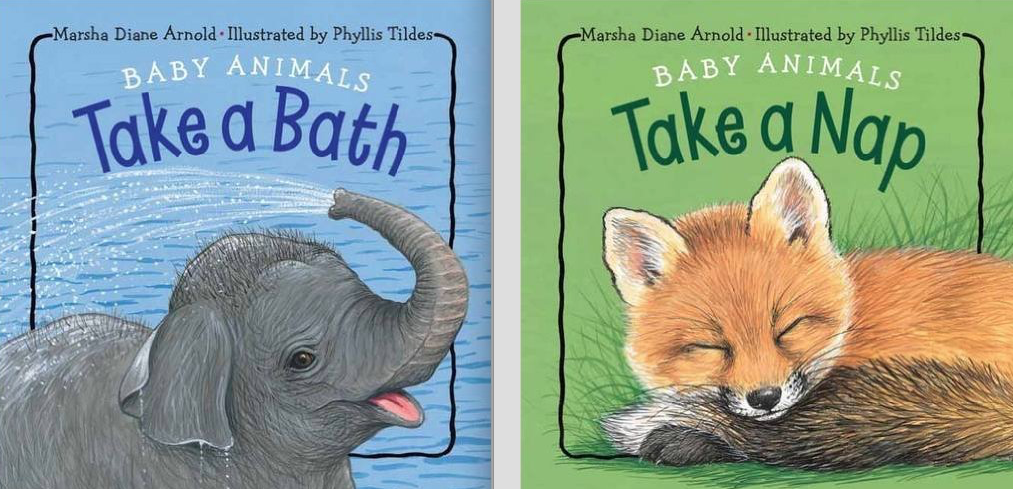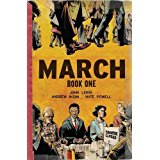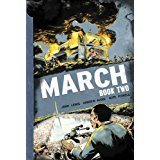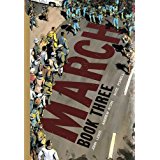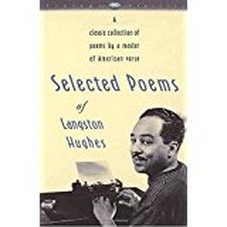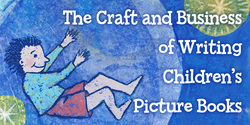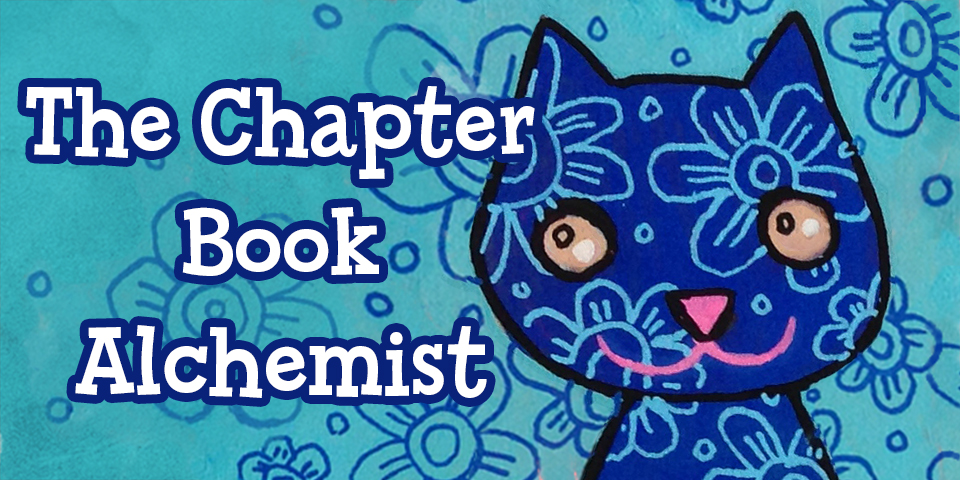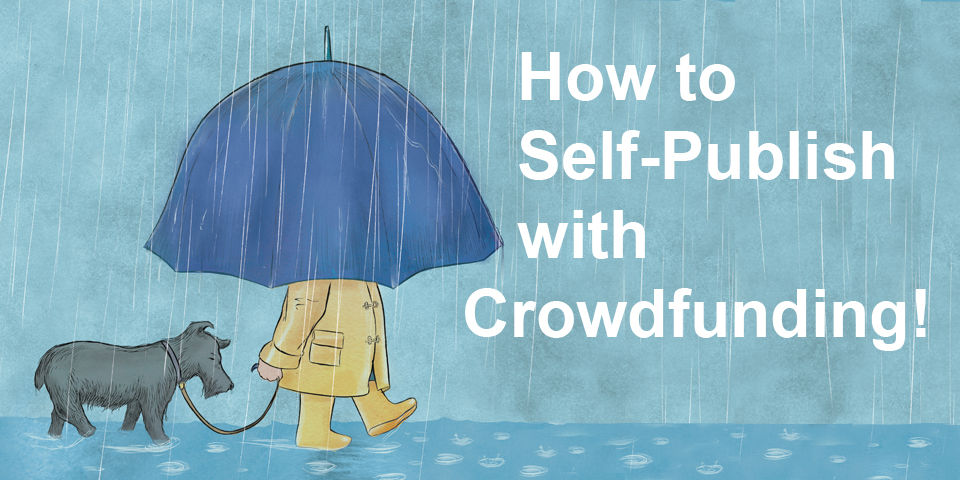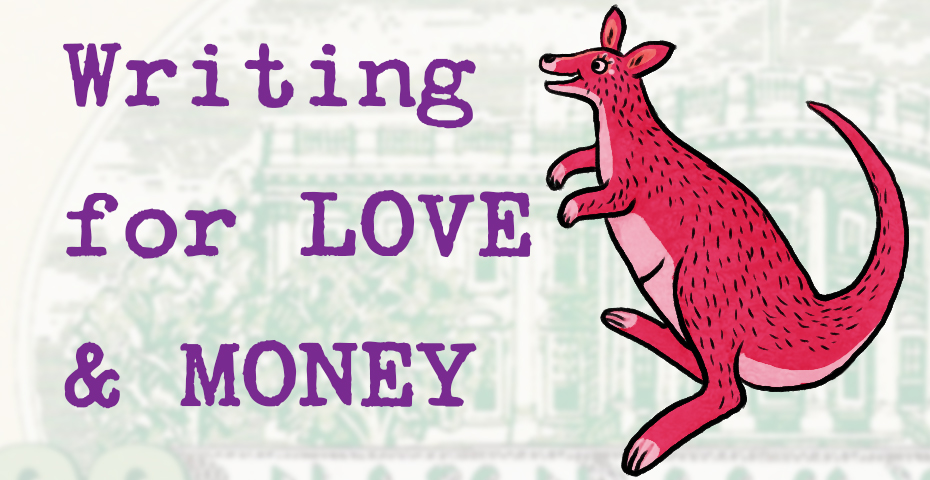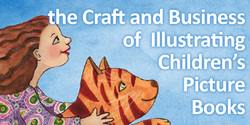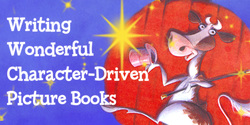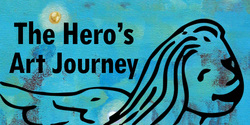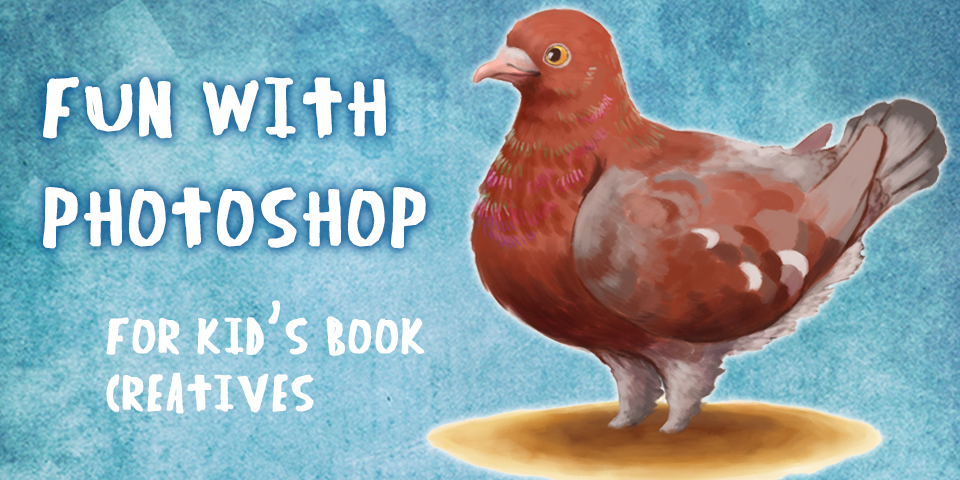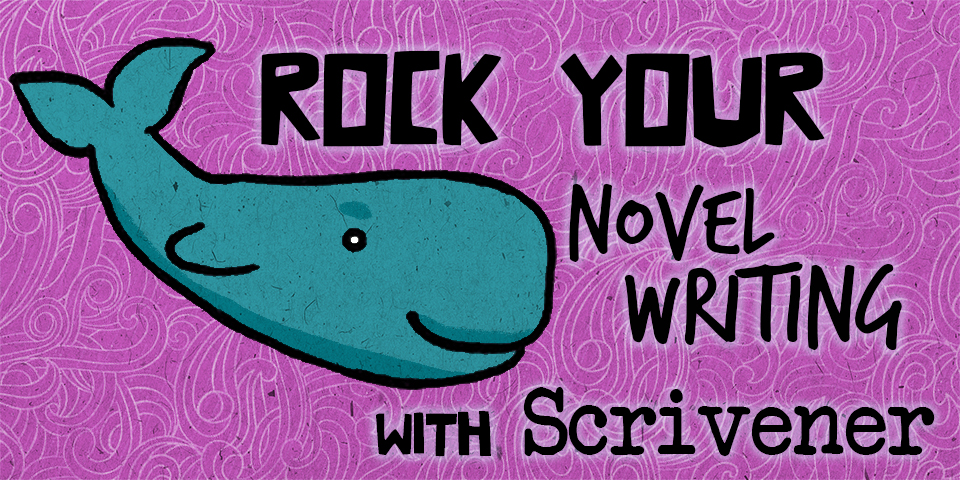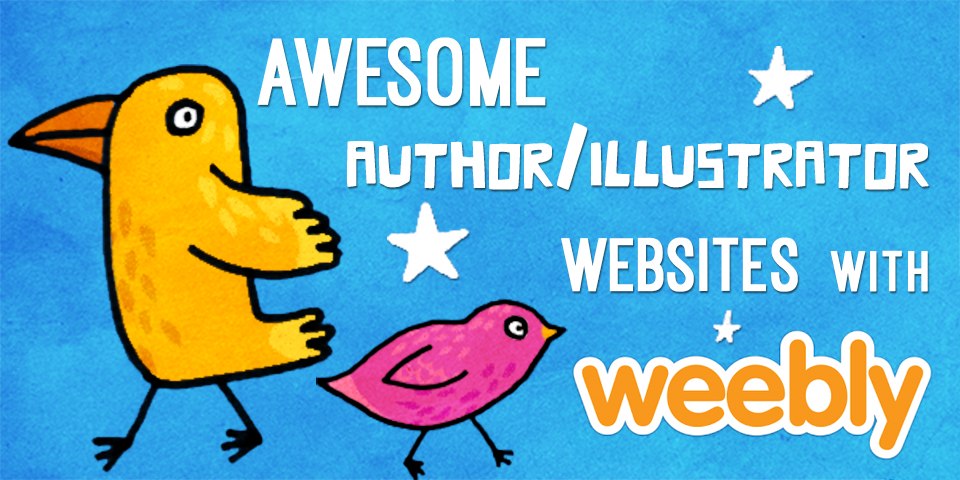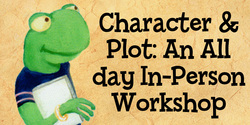|
It’s the Year of the Rooster! Some astrologers say this will be a powerful year where it’s important to be clear about our intentions. Commitment and hard work will help us achieve our goals. What do you intend for your writing this year and what will you do to achieve those intentions? Here are four ideas to help you move forward. 1) Resurrect your writing with some writing resolutions. Take inventory of the way you approach your writing practice. Where do you write? When and for how long each day do you write? Are these practices working for you and if not, how might you change them? Do you have a goal for your writing each day, each month, each year? Having different goals for different time periods can help keep you on track. This year I’ve added a paper calendar to my office. I love it. I still use my computer calendar, but this year I bought myself a real paper calendar. I’ve missed that paper calendar. It has an inspirational quote for each month and big squares to write important events. At the top of each month, I’m writing the specific goals I’m focusing on for the month and also a special “word of the month.” Be specific with your goals. Make a note this week to listen to a video on how to rhyme or focus today on making that weak chapter stronger. 2) Attend conferences early in a new year to get inspired for the whole year. I’m lucky to have the Regional SCBWI conference in Miami to attend in January. This year attendees listened to Jane Yolen, Heidi Stemple, Lorin Oberweger, Gennifer Choldenko, Mark Teague, and Jacquelyn Mitchard, author of The Deep End of the Ocean, which was the first selection for Oprah Winfrey’s Book Club. Definitely enough inspiration for the year. Then there’s the February SCBWI winter conference in New York City, always with a marvelous array of talent to guide new writers as well as long-published writers along the path. I really wanted to go this year, but my budget kept me away. Right now with the blizzard blowing into NYC, I’m not completely sad about it. 3) Take a course to hone your skills.. There are many excellent online and in-person courses available. I suggest not getting overwhelmed with course after course after course, but a class to hone your weak areas or a few to get on the right road, if you’re a new write, are a good idea. Just google for a course in an area you need more expertise in or ask for ideas from your Facebook friends. One place to find great courses is at the Children’s Book Academy. If your characters happen to be a little dull lately, I have a self-paced online class on how to write great character-driven stories. 4) Read the award winners. What else happens at the beginning of the year? The ALA awards! The Newbery and Caldecott are the most well-known, but there are so many others. The Theodor Seuss Geisel award for beginning readers is one of my favorites. When the awards are announced, many writers run to their independent bookstore to buy the books or to their library to borrow them. Two of the 2017 award winners arrived at my library a few days ago. The Caldecott Medal is for the most distinguished picture book for children. “Du Iz Tak?,” illustrated and written by Carson Ellis, is a 2017 Caldecott honor book. It’s an imaginative story of the life cycle as it’s never been portrayed before. Ms Ellis has given the insect characters an invented language of their very own. The reader can infer what is being said by the patterns in the text and by the illustrations...kind of. I’m still trying to figure it out, though I’m pretty sure “Du Iz Tak” is “What is that?” The insects discover a new plant and interact with it as it grows, blooms, wilts, and returns to the earth. So much is happening on the pages, from building a fort in the growing plant, to a spider building its web over the playground, to a bird coming to the rescue, to a moth emerging from a cocoon as a grasshopper plays the violin. It’s magically detailed and totally original, with very strong character development for a story told in what some might call gibberish. Pura Belpré Awards honor Latino writers and illustrators whose books best portray, affirm and celebrate the Latino cultural experience. Juana & Lucas written by Juana Medina is the 2017 winner. Juana also illustrated this absolute delight of a book. Shall we say “character-driven?” Yes, we shall. I immediately liked Juana. Afterall, her favorite food is brussels sprouts. And then there’s Lucas, her dog. I fell in love with Lucas, just like Juana did. “I love Lucas. LOVE. HIM. And here’s why:” This strong statement by Juana is followed by seven reasons why Juana loves Lucas. The first demonstrates the playful mood of the book: “Unlike others, Lucas listens to absolutely everything I have to say, without interrupting – even when the stories get to be a little too long.” There are many books that do not win one of the ALA awards but are just as dearly loved by children and just as important. So if your book’s title is never listed in the ALA awards, do not despair. Whatever your story is, it chose you to write it. And if you are true to your story and children are positively touched by it, you have succeeded. May these ideas help you to achieve your dreams in the Year of the Rooster, as we strive to write our best for the children of the world.
6 Comments
by Bryan Patrick Avery I just got home from Las Vegas and a trip that gave me the opportunity to witness the incredible magic of David Copperfield up close and personal. In all the excitement, I lost track of the days and realized just this morning that it’s February. That means it’s Black History Month, which gives me the chance to talk about some wonderful alternative ways to bring stories to kids. I think these alternative approaches are important because the subject matter can, at times, be difficult to digest. A great example of this is the graphic novel series March, written by Congressman John Lewis and Andrew Aydin, and illustrated by Nate Powell. The first graphic novel to receive the John F. Kennedy Book Award, March tells the inside story of the Civil Rights Movement as lived by Congressman Lewis. The story is compelling and the artwork is engaging which pulls readers, young and old, into the story of a key movement in our nation’s history. It is written in a style that is accessible to all, and a shining example of sequentiall storytelling, as evidenced by the 2016 Eisner Award it received. If ever there was a way to make such a complex and challenging topic interesting to kids, this is it. Another great way to expose kids (and adults, too) to Black History is through the poetry of African-Americans through the centuries. From Phillis Wheatley, who in 1770 became the first published African-American to Maya Angelou, perhaps the most well-known African-American poet, there are endless resources available to read and hear the voices of the American-American experience. One of the greatest African-American poetic voices is that of Langston Hughes. My favorite poet, Hughes used his poetry to describe the emotions and challenges associated with being Black in America. His poems “I, Too” and “Harlem (What Happens to a Dream Deferred?)" are classics and can be easily understood by, and discussed with, kids. My personal favorite is the Carol of the Brown King. As a child, I would recite it every Christmas Eve for my family after our traditional creole feast. It, and many of Hughes poems, are a reminder of the desire we all share to see ourselves in important stories. I’d recommend checking out Selected Poems of Langston Hughes for sampling of this master poet’s work. You won’t be disappointed. In addition to poetry, there’s a vast array of reference books available that families can use to get a clearer picture of African-American history. The African-American Archive, edited by Kai Wright, has occupied a prominent place on our bookshelf for a long time. It includes transcripts of documents and speeches, poems and novel excerpts starting in the 1600s and leads all way to the current century. It is an eye opening look into the forces and experiences that have shaped African-Americans and the country.
Inside, you’ll find a treatise describing the best place to find slaves (see “Negroes Might Easily Be Had on the Coast of Guinea”), the full text of Dr. Martin Luther King, Jr.’s “I Have a Dream Speech”, and Bill Clinton’s 1997 apology for the so-called Tuskegee Experiments. While not all the subject matter is pleasant, it is an historical record of 400 years of African-American history and can provide children, parents, and writers a window into the African-American experience. There are, of course, many other resources. I’ve always believed that African-American history should be viewed as more than just a set of facts. There is a rich, diverse experience from which everyone can learn. Learning more about the African-American experience may help you write more authentically, and with more compassion and insight. And that’s pretty magical. |
Meet the Friday Blogonauts
First Fridays will feature Bryan Patrick Avery, published writer , man of mystery, and professional magician among other things.
Second Fridays will feature awesome multi-award winning author Marsha Diane Arnold who will be writing about character-driven and/or nature-based books and/or anything she likes :) Third Fridays will feature independent Aladdin/Simon & Shuster editor Emma Sector who has helped bring many books into the world. Fourth Fridays will feature the great Christine Taylor-Butler who has published over 70 award-winning fiction and non-fiction and nonfiction books including the acclaimed new middle grade series - The Lost Tribes. Fifth Fridays will feature the fabulous Carl Angel award-winning multi-published Illustrator and graphic designer. Join our Tribe
and receive 7 Steps to Creative Happiness, access to free webinars, and lots more!
Your email addresses are always safe and respected with us. Follow our Blog!
Archives
January 2019
Categories
All
|
|
Discover
|
About Us
|
Join Us
Join our Community and receive a fabulous free gift, KidLit tips, newsletters, scholarship info, contests, and more!
Join our KidLit Mentorship |
Social Media
Interact with our FaceBook Group or follow us on:
|
© 2010-2024 All content on this website is copyrighted. Sorry, all courses are non-refundable.
